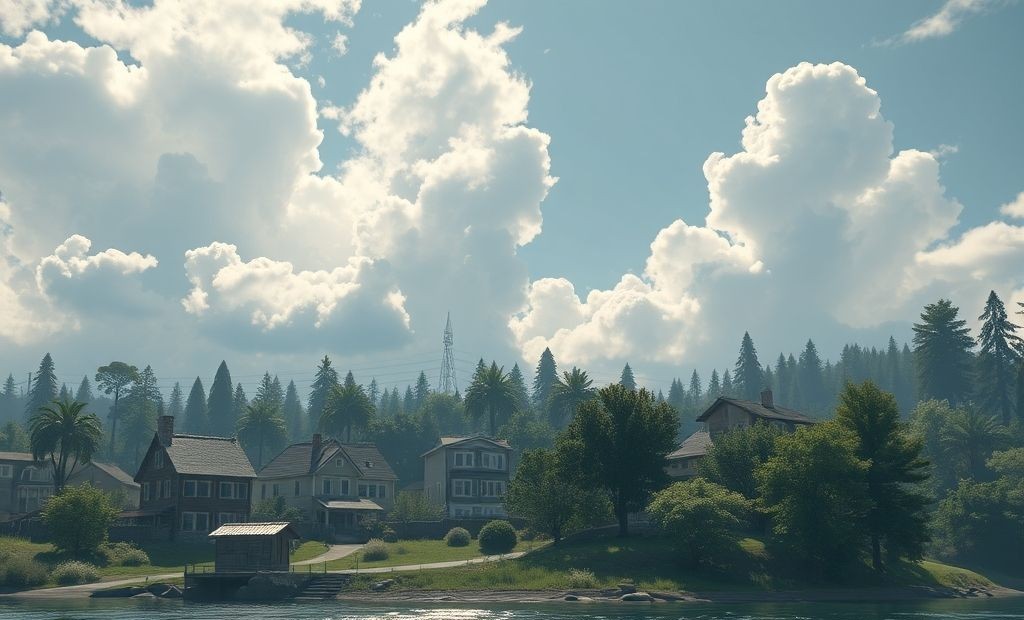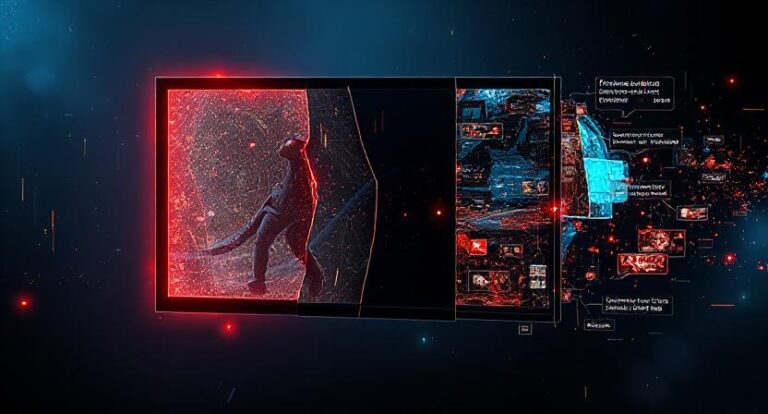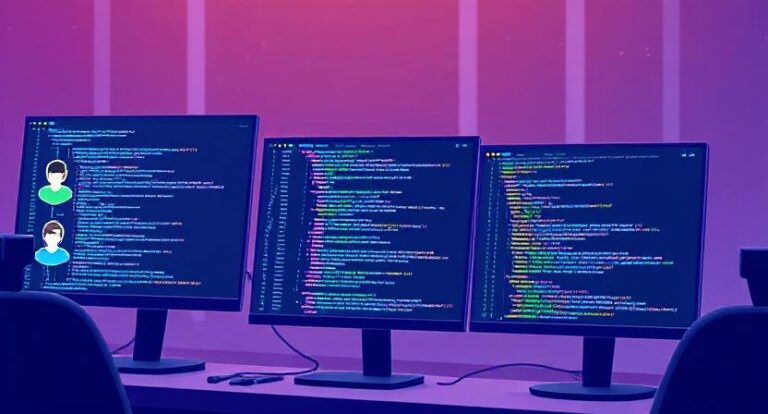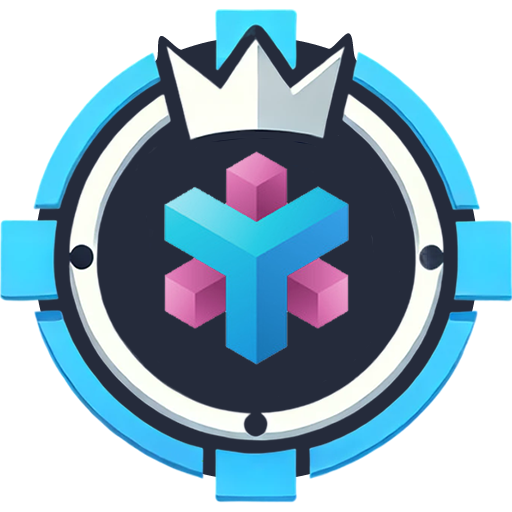Mistakes to Avoid in Your First Game Project

Embarking on Your Game Dev Journey? Steer Clear of These Mistakes! So, you’re diving into the exciting world of game development! That’s fantastic! Creating your...
⏱️ Estimated reading time: 3 min
Latest News
Embarking on Your Game Dev Journey? Steer Clear of These Mistakes!
So, you’re diving into the exciting world of game development! That’s fantastic! Creating your own game can be incredibly rewarding. However, it’s also easy to fall into common traps, especially when you’re just starting. This guide will highlight crucial mistakes to avoid in your first game project, helping you stay motivated and actually finish your game.
Biting Off More Than You Can Chew
This is the most common pitfall. Ambitious ideas are great, but scope creep is a game killer.
The Problem: Feature Creep
Imagine designing an epic RPG with sprawling worlds, complex combat, and branching storylines. Sounds awesome, right? But for a first project, it’s overwhelming. You’ll likely get bogged down in details and lose momentum.
The Solution: Start Small, Think Big
- Focus on a core mechanic: Choose one compelling gameplay loop and build around it.
- Minimal Viable Product (MVP): Create a playable version with essential features only.
- Iterate: Add features gradually based on feedback and your available time.
Example:
Instead of an entire RPG, try creating a simple endless runner or a pong clone. Master the basics before tackling complex systems.
Ignoring Planning and Design
Jumping straight into coding might seem efficient, but it often leads to chaos. Planning is crucial!
The Importance of a Game Design Document (GDD)
A GDD outlines your game’s core elements:
- Genre and Target Audience
- Gameplay Mechanics
- Art Style and Visuals
- Story and Characters (if applicable)
The Benefits of Planning
- Clarity: Helps you solidify your vision.
- Organization: Keeps you on track and prevents feature creep.
- Communication: Facilitates collaboration if working with a team.
Overlooking Testing and Feedback
Your game might seem perfect to you, but fresh eyes often reveal glaring issues.
The Importance of Playtesting
Let others play your game and provide honest feedback. This is invaluable for identifying bugs, usability problems, and areas for improvement.
Collecting Meaningful Feedback
- Observe players: Watch how they interact with your game.
- Ask specific questions: Don’t just ask “Did you like it?” Ask about controls, difficulty, and clarity.
- Iterate based on feedback: Don’t be afraid to make changes based on what you learn.
Neglecting Version Control
Imagine losing weeks of work due to a corrupted file or accidental deletion. Version control prevents this nightmare.
The Power of Git
Git is a popular version control system that tracks changes to your code and assets. Services like GitHub and GitLab provide remote repositories for your projects.
Benefits of Version Control
- Backup and Recovery: Easily revert to previous versions.
- Collaboration: Seamlessly work with others on the same project.
- Experimentation: Create branches to try out new features without affecting the main codebase.
Ignoring Asset Management
Organizing your art, audio, and code files is crucial for maintaining a manageable project.
Best Practices for Asset Management
- Consistent Naming Conventions: Use clear and descriptive names for all files.
- Directory Structure: Organize assets into logical folders (e.g., “Art/Characters”, “Audio/SFX”).
- Documentation: Keep track of asset sources, licenses, and usage.
Final Words: Your First Game Project – A Stepping Stone
Game development is a challenging but rewarding journey. By avoiding these common mistakes, you’ll increase your chances of successfully completing your first game project. Remember to start small, plan carefully, test frequently, use version control, and manage your assets effectively. Good luck, and have fun creating!
Related Posts

AI Agents Monitor In-Game Behavior to Prevent Fraud
How AI Agents Detect Fraudulent Behavior Tackling a Growing Concern in Competitive Game Development The...
September 23, 2025

Interactive Generative Video Game Future Tech
Interactive Generative Video Debunking Myths The gaming industry has always evolved by embracing disruptive technologies....
September 1, 2025

New 2025 Toolkit Multiplayer Game Development
Powering Multiplayer Game Development with Next-Gen Collaborative Toolkits In today’s globalized game industry teams are...
August 19, 2025











Appreciate this post. Let me try it out.
My page savastan